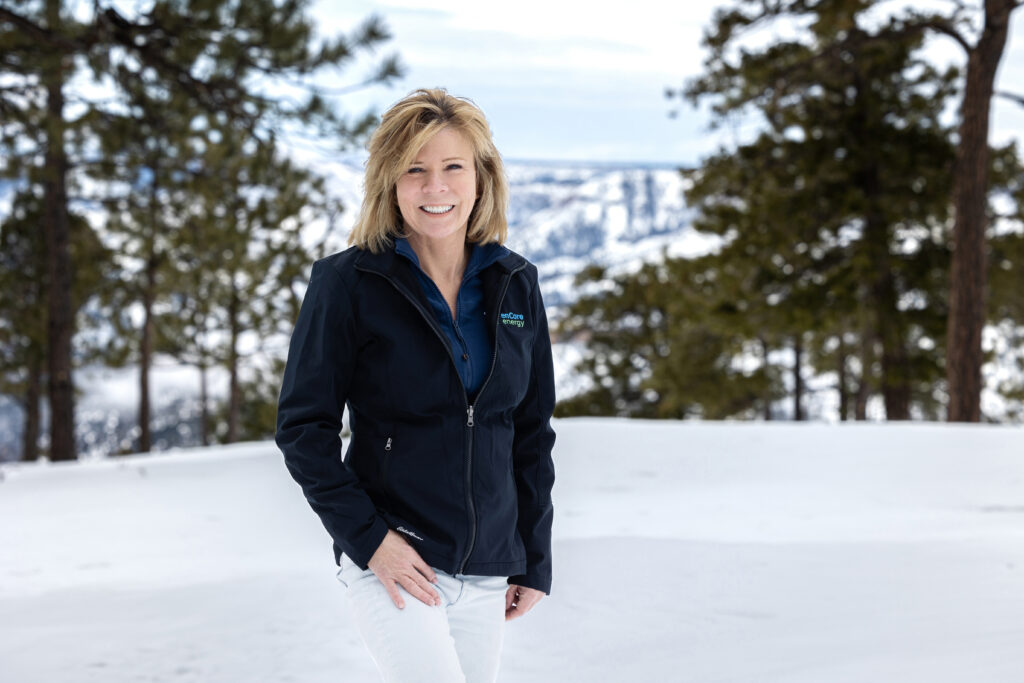Lesson: Sometimes a bad situation leads to something better.
At one time I was an unemployed, single Mom with a mortgage and 2 kids active in their chosen sports at a national level. Come to think of it, at the same time, I was probably unemployable. You see, when you live in a remote town with a population at the time of about 27,000, the job market is slim. And unless you like either working in the government or contracting to them, opportunities for the fiercely independent entrepreneurial folks were pretty thin. It was an extremely frustrating time when I often wondered if I had made the right choice to focus on mining in this region, second-guessed my decisions, and felt like I was spiraling down with limited options. But as a Mom, I had to stick it out in a good place for my kids, stay where I was and see what I could create.
A book I read, about the lives of 4 Elder indigenous women, when I first moved to the Yukon had always fascinated me – so I decided I might as well fill my days with something useful and set about spending my time educating myself through historical documents.
So off I went with no real agenda, after getting my kids to school each morning, I would head to the storage area at the Archives. I would just hang out and read old documents for hours and sort through old photos making sure I was home when my kids arrived home from school. I probably was unemployed about 6 or 8 months, I can’t remember now. Solved most of my problems by re-financing my house and taking a second mortgage, which I then paid on my credit card and enjoyed the Archives. I didn’t spend a lot of time thinking about where this was going, just taking in all the amazing information.
But what I learned was fascinating. And the insight it gave me into the place I worked and people I worked with would fuel me for many years. Come to think of it, it still does.
Most of what I read was about the world of indigenous people in Northern Canada and Alaska before European contact, but with some contact from Russia and the fur trade. Communities were huge and migration flowed the Beringia Strait down through North America – usually at a rate of 20 to 25 miles per generation. Disease started coming into communities from the fur trade and ravaged the people, communities shrunk and many Elders with the oral history passed over before passing on many stories.
But if you spend the time, you can find amazing snippets of facts about volcanoes that erupted, sending ash into the air and people migrating south, pieces of traditional stories, the importance of language, and trading routes where coastal and inland peoples traded goods and met their spouses. And yes- tales of wars and sometimes slavery, but also massive feasts and the sharing of the wealth of the hunt. It was not an easy life, but it was a good life; sadly in this you also find the media slanting stories to make sure the narrative fits their audience back home.
Now I could have some of the facts wrong, but you get the general idea about how life might have been quite different from versions presented outside of the quiet and relatively untouched archival storage. And now as I look back to one of the greatest educational experiences of my life, I also realize I am still unemployable.

